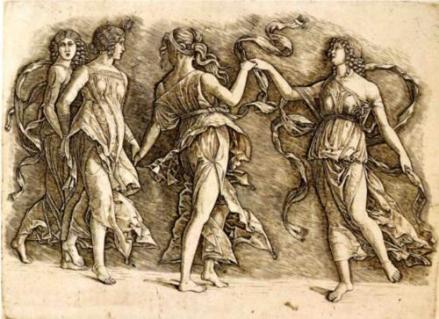If you’ve seen it once, you’ve seen it a million times: “The four ways to reveal character in fiction are action, speech, appearance, thought.” My observation of what creates a memorable character is slightly different. In my view, speech and appearance exhibit personality, but personality (persona) is only one aspect of a character. Also, appearance is often modified by behavior.
Splitting hairs? Maybe not. Is personality the same as character? Consider these questions:
- What is this person thinking, how does this person process things psychologically?
- How does this person behave, how is their behavior unique to who they are?
- What is this person feeling, what are their emotional strengths and weaknesses?
- What inspires this person, what motivates them to do what they do?
Exploring these four aspects of character, below are some excerpts from classic literature.
Psychology
E.M. Forster, Howard’s End:
Leonard looked at her wondering, and had the sense of great things sweeping out of the shrouded night. But he could not receive them, because his heart was still full of little things.
Underlying message: Leonard had his doubts and just couldn’t decide.
Zane Gray, Riders of the Purple Sage:
The whole scene impressed Venters as a wild, austere, and mighty manifestation of nature. And as it somehow reminded him of his prospect in life, so it suddenly resembled the woman near him, only in her there were greater beauty and peril, a mystery more unsolvable, and something nameless that numbed his heart and dimmed his eye.
Underlying message: Venters pondered what a handful she was and didn’t see it ending well.
Behavior
Edgar Rice Burroughs, Tarzan of the Apes:
As the body rolled to the ground Tarzan of the Apes placed his foot upon the neck of his lifelong enemy and, raising his eyes to the full moon, threw back his fierce young head and voiced the wild and terrible cry of his people.
Underlying message: Tarzan takes winning seriously.
Charles Dickens, Little Dorrit:
He had a certain air of being a handsome man – which he was not; and a certain air of being a well-bred man – which he was not. It was mere swagger and challenge; but in this particular, as in many others, blustering assertion goes for proof, half over the world.
Underlying message: The guy was a total narcissist but people just said he was charming.
Emotion
Elizabeth Gaskell, North and South:
He could not forget the touch of her arms around his neck, impatiently felt as it had been at the time; but now the recollection of her clinging defence of him, seemed to thrill him through and through, – to melt away every resolution, all power of self-control, as if it were wax before a fire.
Underlying message: He resisted her but she had her way with him eventually.
Willa Cather, My Antonia:
I was something that lay under the sun and felt it, like the pumpkins, and I did not want to be anything more. I was entirely happy. Perhaps we feel like that when we die and become a part of something entire, whether it is sun and air, or goodness and knowledge.
Underlying message: I was filled with joy, at one with the universe.
Motivation
Note: While thoughts, actions, and feelings can show what motivates a character on a mundane level, the following examples point to revealing character with a broader revelation such as something a person works at tirelessly, or a particular soapbox they’re always on, or a deeply held belief.
George Eliot, Middlemarch:
She was always trying to be what her husband wished, and never able to repose on his delight in what she was.
Underlying message: He liked her just fine but that wasn’t enough for her.
Mark Twain, The Adventures of Tom Sawyer:
Aunt Polly asked him questions that were full of guile, and very deep—for she wanted to trap him into damaging revealments. Like many other simple-hearted souls, it was her pet vanity to believe she was endowed with a talent for dark and mysterious diplomacy, and she loved to contemplate her most transparent devices as marvels of low cunning.
Underlying message: Aunt Polly poked her nose where it didn’t belong like she had a right to.
Recap: Thought processes, choice of actions, stark feelings, ulterior motives … present all four using imaginative writing and your character comes completely to life.
~~~
Featured Image: Four Muses by Andrea Mantegna via WikiPaintings
Related Post on Character Appearance: The Fairest One of All: When To Let Characters Enjoy a Good Mirror

Fantastic post Lela. Isn’t it funny how something repeated a million times just becomes a mantra with no substance?
“Thought processes, choice of actions, stark feelings, ulterior motives … present all four using imaginative writing and your character comes completely to life” – the best line of instruction on writing I’ve read in a long time.
Thank you, Samir.
Reblogged this on Cecile's Writers and commented:
Lela describes an alternative and more mature approach to writing characters. This is what separates the great from the mundane.
Reblogged this on Silver Lake Adjacent.